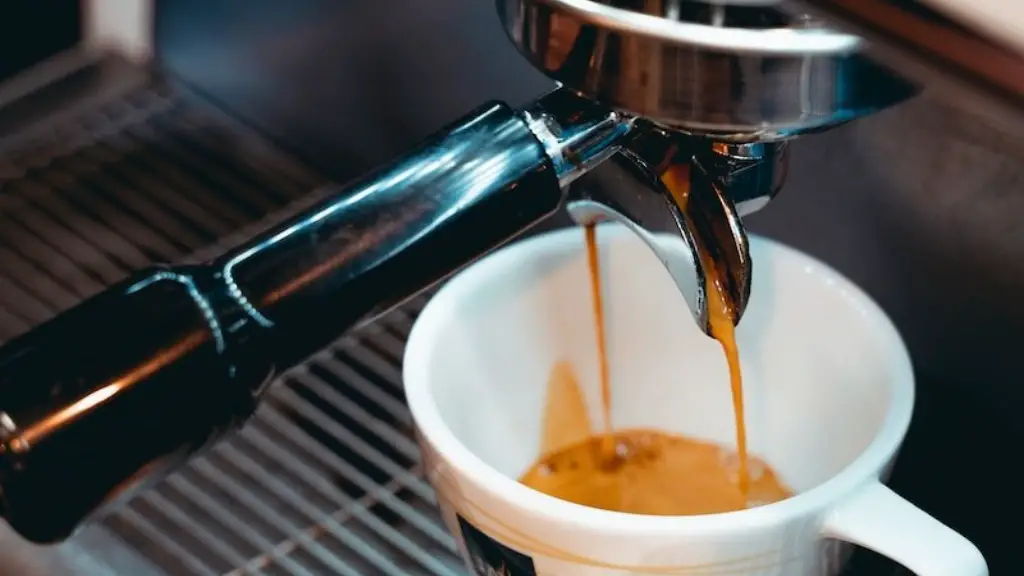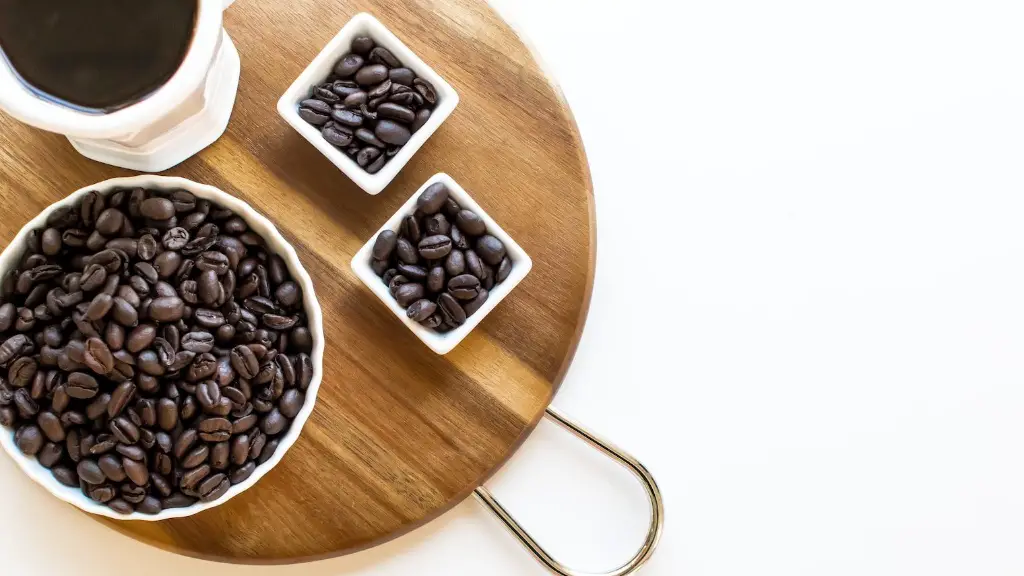Can I Drink Coffee while in Ketosis?
When it comes to the popular ketogenic diet, individuals following the regimen typically do not consume large amounts of carbs, as opposed to the traditional Western diet. Therefore, the primary energy source of ketosis comes from the breakdown of fat reserves, with the production of molecules called ketones. As such, many people wonder if drinking coffee whilst in ketosis is an acceptable thing to do.
Taking a quick look into the properties of coffee first; it does not contain many carbs and for the most part is composed of water. Coffee also contains several polyphenols, which have a range of pharmacological activities; including the inhibition of fat absorption and glucose production in the liver. Therefore, coffee is low in calories and plays an important role in helping people lose weight.
Nonetheless, coffee consumption is encouraged in the ketogenic diet in moderation, as it is still a source of caffeine, which is a diuretic substance, i.e it causes the body to lose water. Furthermore, caffeine also stimulates the release of cortisol, which is the stress hormone, and this can interrupt the body’s production of fat-burning hormones and increase the body’s ability to store fat.
Hence, there are two sides to this argument. On the positive side, coffee does not have any carbs, it helps burn fat and makes for a delicious drink. On the negative side, it does have some diuretic properties, which may lead to dehydration and it can also increase cortisol levels, which is bad for weight-loss. So if you are drinking coffee while in ketosis, it is best to do it in moderation, as it is still a stimulant and consuming too much can be detrimental to your health.
However, other beverages like tea are a great way for you to stay hydrated in ketosis. Tea contains catechins, which are antioxidants that help the body metabolize fat and may reduce the risk of some cancers. Also, green tea is thought to improve brain function, reduce stress, and decrease appetite. Therefore, green tea is a great alternative to coffee while on the ketogenic diet.
In conclusion, it is imperative that individuals on ketosis be mindful of what drinks they consume in order to maintain this metabolic state. Although, coffee consumption is encouraged in moderation, it is important to note that it has some diuretic properties, which may lead to dehydration and impair fat-burning hormones. Therefore, it is best to opt for beverages like green tea which can keep you hydrated and maintain your ketosis.
The Benefits of Ketosis
The ketogenic diet is an excellent dietary choice for individuals who are looking to lose weight and improve their health. Being in ketosis essentially means that the body is adapting itself to burn fat for energy rather than sugar. This metabolic state has a range of benefits, such as an increase in energy levels, improved blood sugar/insulin levels, and a decrease in hunger levels.
It has also been acclaimed for its potential ability to reduce inflammation, which plays an important role in the development of several chronic diseases and conditions. In addition, ketones are thought to be neuroprotective, which helps with cognitive function and reducing the risk of neurological diseases.
The advantages of being in ketosis are extensive; it reduces fat, improves overall health and has the potential to reduce inflammation and the risk of chronic diseases.
Potential Side Effects of Being in Ketosis
Although the ketogenic diet is acclaimed for its many health benefits, some side effects are commonly associated with ketosis. Some of the most commonly reported side effects include ‘keto flu’, fatigue, headaches, constipation, bad breath and potential kidney stones. In addition, low-carb diets in general may create nutritional deficiencies, as it restricts the variety of foods consumed, and can even lead to an increase in cholesterol levels, which increases the risk of heart disease.
Also, the production of ketones produces ketoacidosis, which produces acidic byproducts in the body. This acidic state could lead to inflammation, and the potential formation of kidney stones, however, these effects can be avoided if the diet is changed to include more fresh fruits and vegetables.
In general, ketosis can lead to side effects; however, many of these side effects can be avoided by closely monitoring the diet and making adjustments as needed.
How to Measure Your Ketone Levels
It is not always easy to know whether someone is in ketosis or not, as symptoms can differ from person to person. This is why people have devised various techniques for measuring ketone levels in the body. The most reliable method for measuring ketone levels is through blood tests, which can be done either with a ketone meter or a laboratory test. Blood tests are typically considered to be the most accurate, as they measure the exact amount of ketones in the body.
Other methods of measuring ketone levels include urine testing and breath testing. Urine testing is the oldest technique and involves the use of a ketone strip to determine ketone levels. Breath testing is a newer technique and involves the use of a breath ketone meter, which can measure acetone in the breath and provide an estimate of ketone levels in the body.
In general, all methods provide an accurate estimate of ketone levels in the body and can help people assess whether they are in ketosis or not.
Ketogenic Diet vs. Low-Carb Diet
The ketogenic diet and a low-carb diet are often confused, as they share some similar characteristics. A low-carb diet is typically defined as a diet that is low in carbohydrates, but does not necessarily involve the restriction of calories or fat. On the other hand, the ketogenic diet is a diet that involves a significant restriction in carbohydrates, and its goal is to put the body into a state of ketosis, as mentioned previously.
Some possible differences between the two diets may include fats; a low-carb diet may allow higher intakes of fats, while the ketogenic diet is typically very high in fat intake. Another possible difference may be meal timing; a low carb diet may give the flexibility to eat meals at any time, while the ketogenic diet may limit the timing of meals in order to stay in ketosis.
In conclusion, there are both similarities and differences between a low-carb diet and the ketogenic diet. Individuals should assess their personal goals and preferences in order to determine which diet is most appropriate for them.
How to Get Started with the Ketogenic Diet
The ketogenic diet is a great dietary choice for individuals looking to lose weight and improve overall health. For individuals wishing to get started on this diet, there are a few key steps to consider. Firstly, settling on a specific plan and knowing what foods to avoid and which foods to include is essential. This may include a restriction in the number of carbs, while ensuring sufficient protein and fat is consumed. Secondly, it is important to keep track of your calories and macronutrient intakes. Food tracking applications such as MyFitness Pal can be helpful with this.
It is also important to create a balanced diet with plenty of nutrient-dense foods in order to prevent any potential deficiencies. Lastly, it is good to remember that the ketogenic diet is not a quick fix; it takes time and dedication in order to see results.
In conclusion, the ketogenic diet is a great dietary choice, with many health benefits. It is important to ensure that the diet is followed correctly, with a balanced selection of foods and appropriate tracking of calorie and macronutrient intakes.





